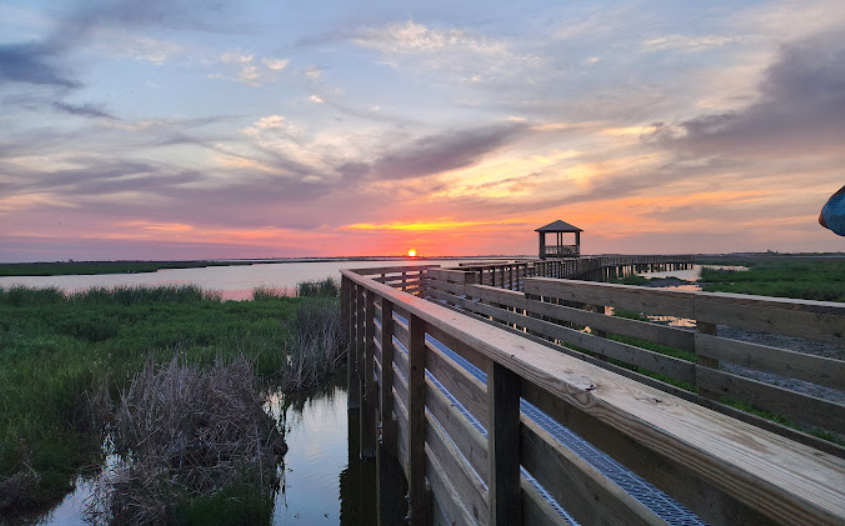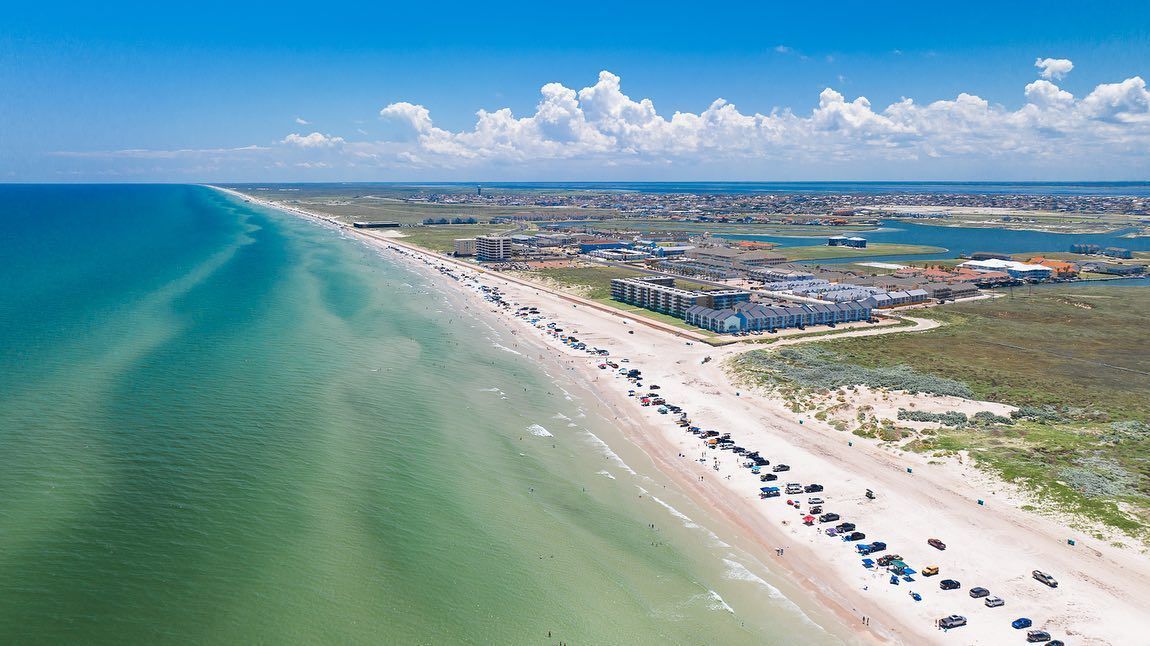Leonabelle Turnbull Birding Center

Leonabelle Turnbull Birding Center: A Gateway to Avian Wonders
Located on Ross Ave, near Community Park, as part of the Port Aransas Nature Preserve, the Leonabelle Turnbull Birding Center stands as a testament to the beauty and diversity of avian life that thrives along the central flyway. This birding paradise, situated at the south end of Ross Avenue, not only offers a sanctuary for hundreds of permanent resident species and thousands of migratory birds but also serves as an educational and recreational haven for nature enthusiasts and bird watchers alike.
Upon arrival, visitors are greeted by a lush native pollinator garden, a vibrant mural, and informative educational signage at the entrance. This sets the stage for an immersive experience into the world of birding. The Birding Center is strategically placed next to the Lewis Wilcox Wastewater Treatment Plant, leveraging the freshwater wetlands fed by the Nueces County Water District treatment plant to attract a diverse array of wildlife.
Exploring the Turnbull Birding Center
The heart of the Birding Center is its extensive boardwalk system, which spans over 1,225 feet across the freshwater marshes. The boardwalk includes two shaded observation platforms, benches for restful contemplation, and two spotting scopes to bring the distant avian life into clear view. This walkway not only allows visitors to explore the wetlands with ease but also connects to the Nature Preserve at Charlie’s Pasture South Trail. This additional 1.25-mile trail weaves through salt marsh and grassland prairie habitats, featuring an observation tower that offers panoramic views of the surrounding landscape and its feathered inhabitants.
Birders and nature lovers are treated to sightings of the large American alligator affectionately known as “Boots,” alongside ducks, pelicans, wading birds, songbirds, and the flaming pink Roseate Spoonbills—the city bird of Port Aransas. The Leonabelle Turnbull Birding Center is a prime spot on the Great Texas Birding Trail, providing unparalleled opportunities to observe life in a wetland ecosystem up close.
Birding on the Boardwalk at Port Aransas
A highlight of the Birding Center’s offerings is the “Birding on the Boardwalk” program held every Wednesday at 9 AM. Guided by experts Ray Dillahunty and Leslie Hoesktra, participants of all experience levels can delve into the world of bird watching, equipped with loaner binoculars if needed. This program, free to the public, emphasizes the Center’s commitment to accessibility and education in the joys of birding.
A Vision for the Future
Expanding the Audubon Experience
The Birding Center continues to evolve, with plans to expand the boardwalk and connect more closely with the Nature Preserve at Charlie’s Pasture. These future developments promise to enhance the already rich tapestry of natural exploration available to visitors, fostering a deeper connection with the natural world.
The Leonabelle Turnbull Birding Center stands as a beacon for bird enthusiasts, conservationists, and anyone looking to immerse themselves in the natural beauty of Port Aransas. Through its comprehensive facilities, educational programs, and commitment to preserving wildlife habitats, the Birding Center invites everyone to discover the wonders of avian life and the ecosystems that support them.
After a day of birdwatching and exploring the Leonabelle Turnbull Birding Center, unwind in one of Sand Key Vacation Rentals' Port Aransas vacation rentals. Whether you're traveling solo, with family, or bringing along your furry companions, Sand Key offers a variety of options to suit your needs. Our pet-friendly collection is perfect for outdoorsy travelers who love to include their pets in the adventure, while our luxurious homes provide the ultimate comfort after a day spent reconnecting with nature. Experience the charm of Port Aransas with a stay that’s just as memorable as the attractions themselves.
Mentions: The Best Birding Spots in Port Aransas, Things to do in Port Aransas
Categories: Birding, Wildlife Spotting, Port Aransas




